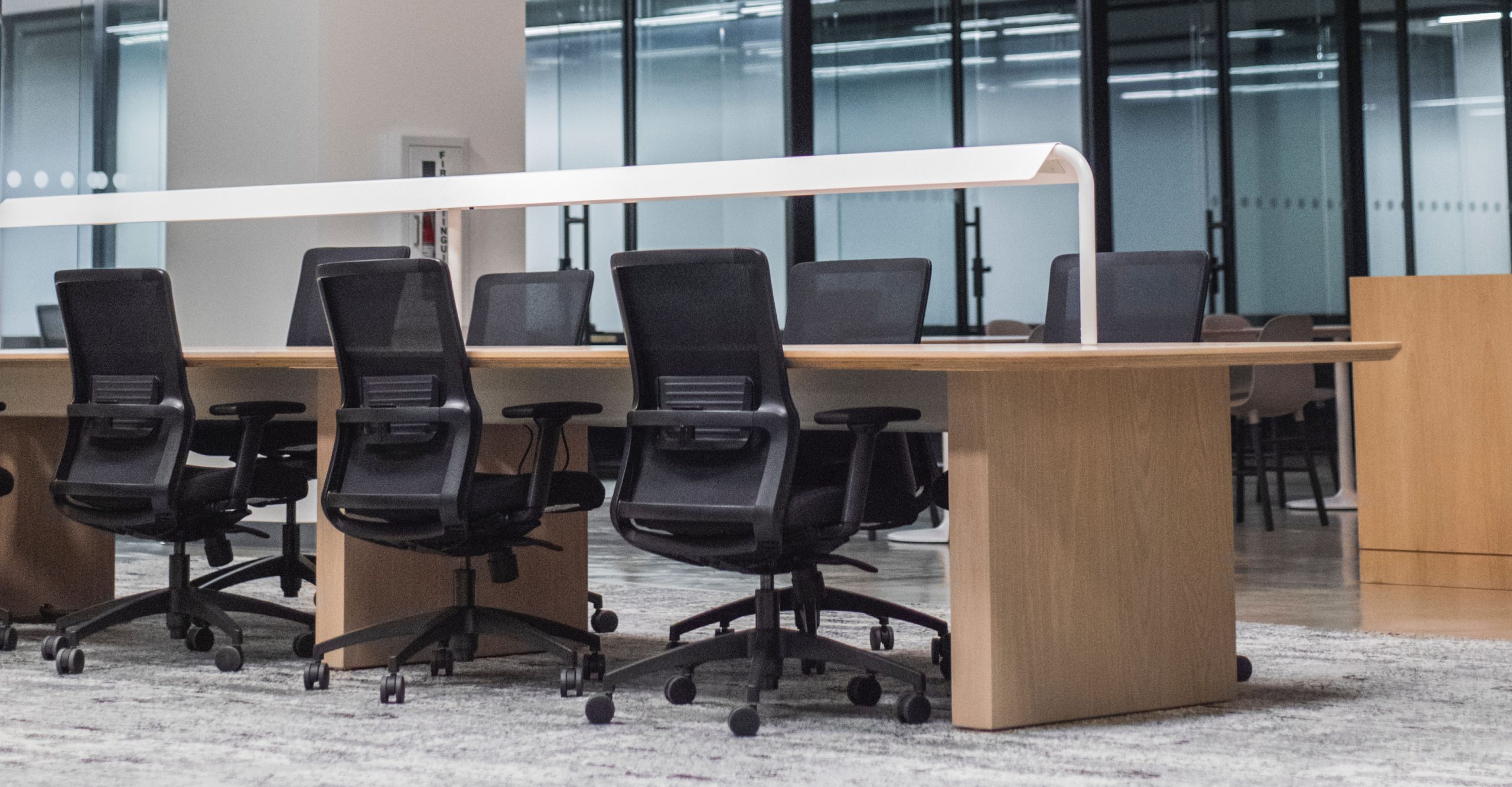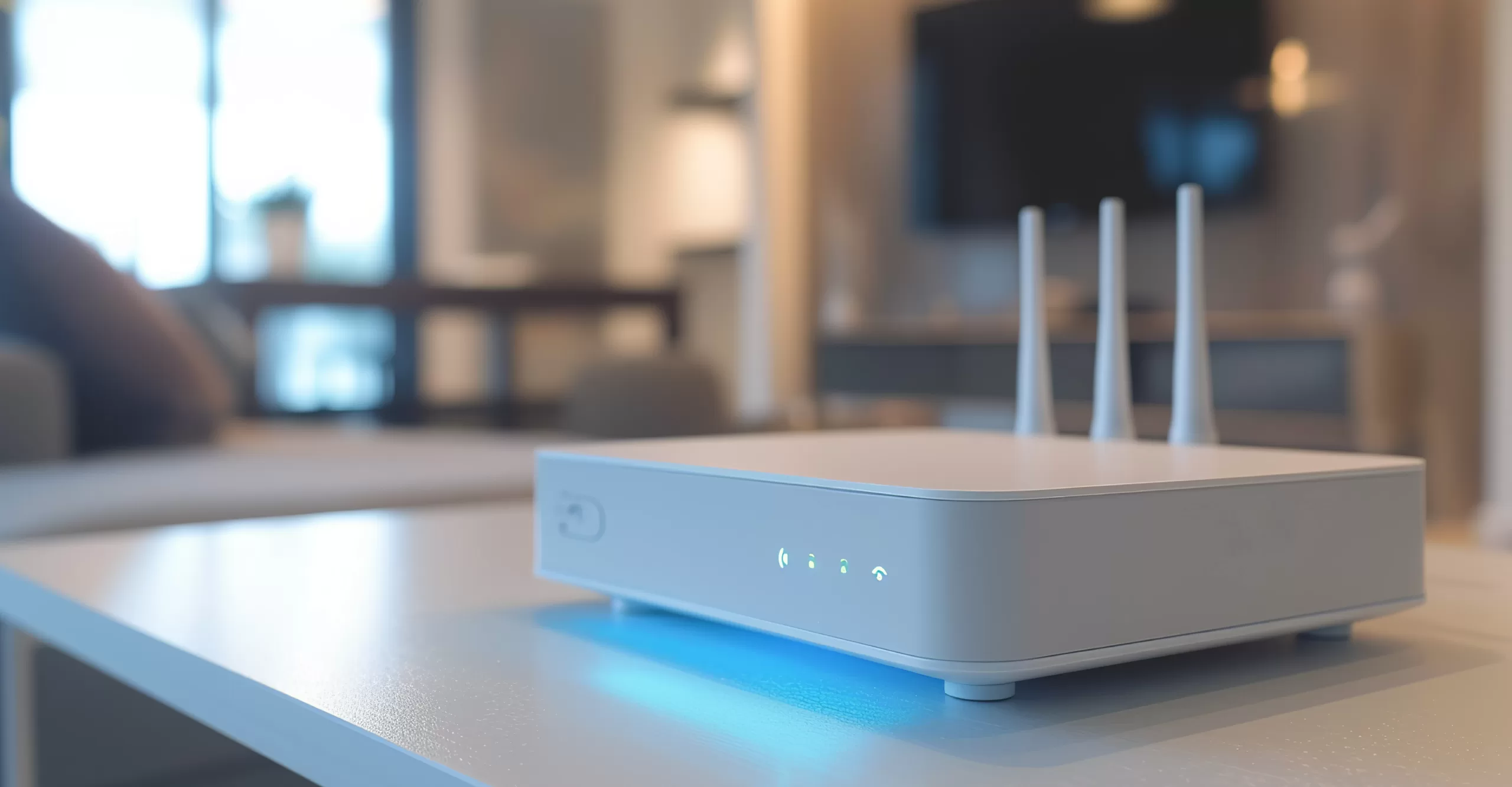Businesses with open office plans do not have separate offices or cubicles for employees. Instead, employees work together in one large room. Supporters of the open office layout say that it leads to free-flowing collaboration. For example, one employee might overhear another employee talking about a particular problem and be able to provide a solution. Supporters also point out that supervisors can more easily oversee their staff in open offices. Plus, it lets businesses maximize the use of their floor space in a cost-effective way.
As you can see, there are advantages to using open offices, but there are also disadvantages.
The Trouble with Open Offices
Studies show that open offices have some considerable downsides. A large Canadian oil and gas company discovered a few of these issues firsthand. The company brought in psychologists to monitor employees as they transitioned from a traditional workplace layout to an open office layout. They found that the open office adversely affected the employees’ stress levels, interpersonal relationships, and job performance. This, in turn, led to a significant drop in productivity.
Other researchers have also studied the problems caused by open offices. Matthew C. Davis, Desmond J. Leach, and Chris W. Clegg reviewed more than 100 office environment studies and wrote about what they discovered. They found that the open office layout damages workplace satisfaction. Just as troublesome is that workers in this layout have lower productivity levels and shorter attention spans. They also perform poorly on tasks requiring creative thinking.
While open offices encourage collaboration, interactions between coworkers can turn into distractions. Workers in an open office need an average of 23 minutes to regain focus on a task after a colleague interrupts them, according to researcher Gloria Mark.
Besides affecting productivity, open offices impact employees’ privacy. Studies show that the reduced amount of privacy in an open office can lower employees’ job performance. The poor performance is likely tied to poor mental and physical health. Researchers Gary W. Evans and Dana Johnson found that workers in open offices have higher stress levels. Moreover, a Danish study found that increasing the number of employees in a room increases the amount of sick leave taken by those employees, something that is more important now than ever.
How to Improve Employee Performance
Traditional office layouts do not bring about the problems found in open office layouts. Private offices and cubicles offer more privacy, so workers are less likely to become distracted or stressed while working. Additionally, the traditional office layout lets employees focus on the task at hand. This ultimately contributes to increased productivity and higher levels of workplace satisfaction.
Regardless, some companies still prefer the collaborative opportunities of open offices. If you prefer using an open office layout, there are several things you can do to lessen the negative aspects:
- Establish rules for employee interactions. One rule might be to avoid disturbing coworkers if they are wearing headphones. The headphones essentially serve as a “Do Not Disturb” sign. Another rule might involve setting acceptable levels of noise for certain areas. Regular conversations might be allowed in some areas, while whispered conversations might be in some spaces.
- Set aside certain areas in which employees can be more social. Experts recommend diversifying the office layout. You should have areas with desks for working and larger areas with couches and lounge chairs for collaborating and socializing. With this setup, employees are not confined to a single desk or workspace area.
- Make sure employees have plenty of individual workspace.
- Have management work in the open office area some of the time. This promotes an increased level of communication between staff and management. It also helps break down the barriers between them. Managers who do not work in the open office area should at least have an open door policy.
Your open office may need some technology upgrades to ensure that you have the right infrastructure in place to accommodate your staff’s needs. Contact us to discuss the best options for keeping your business productive.





